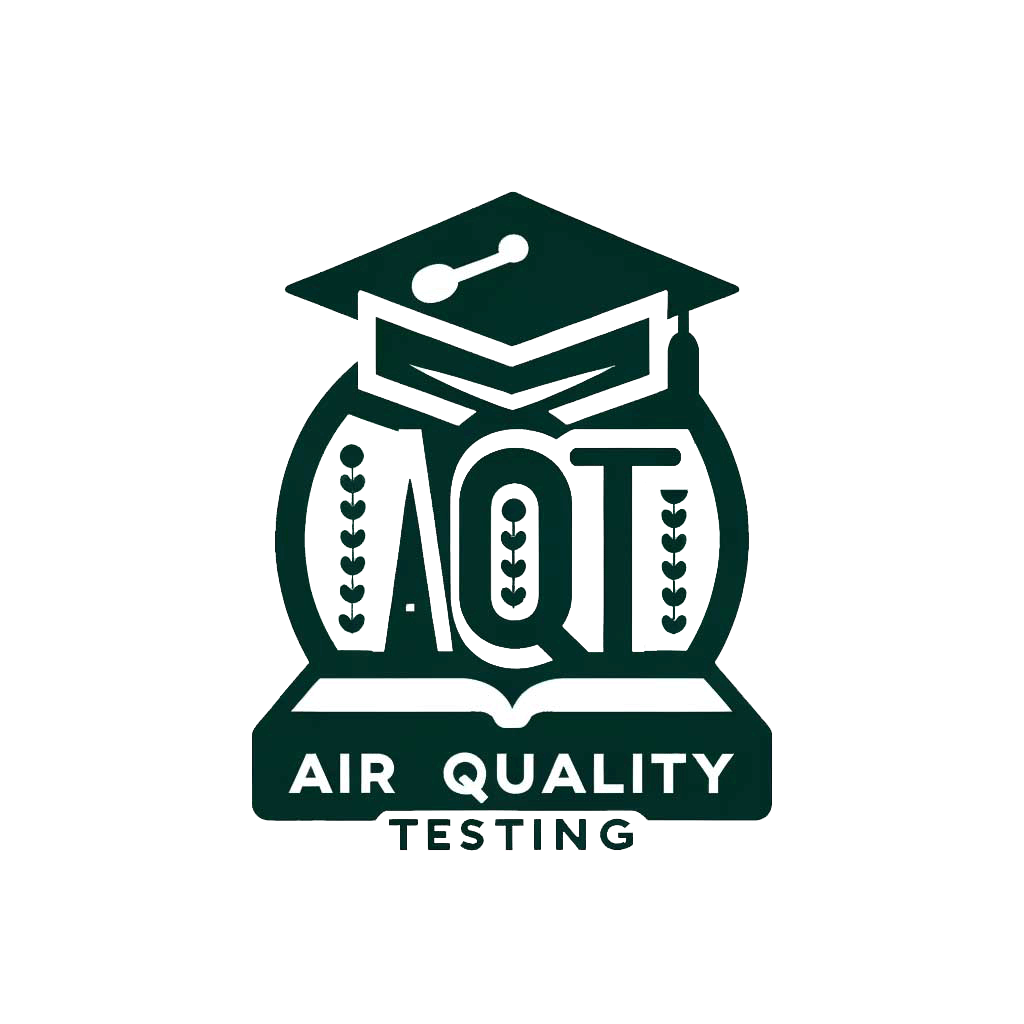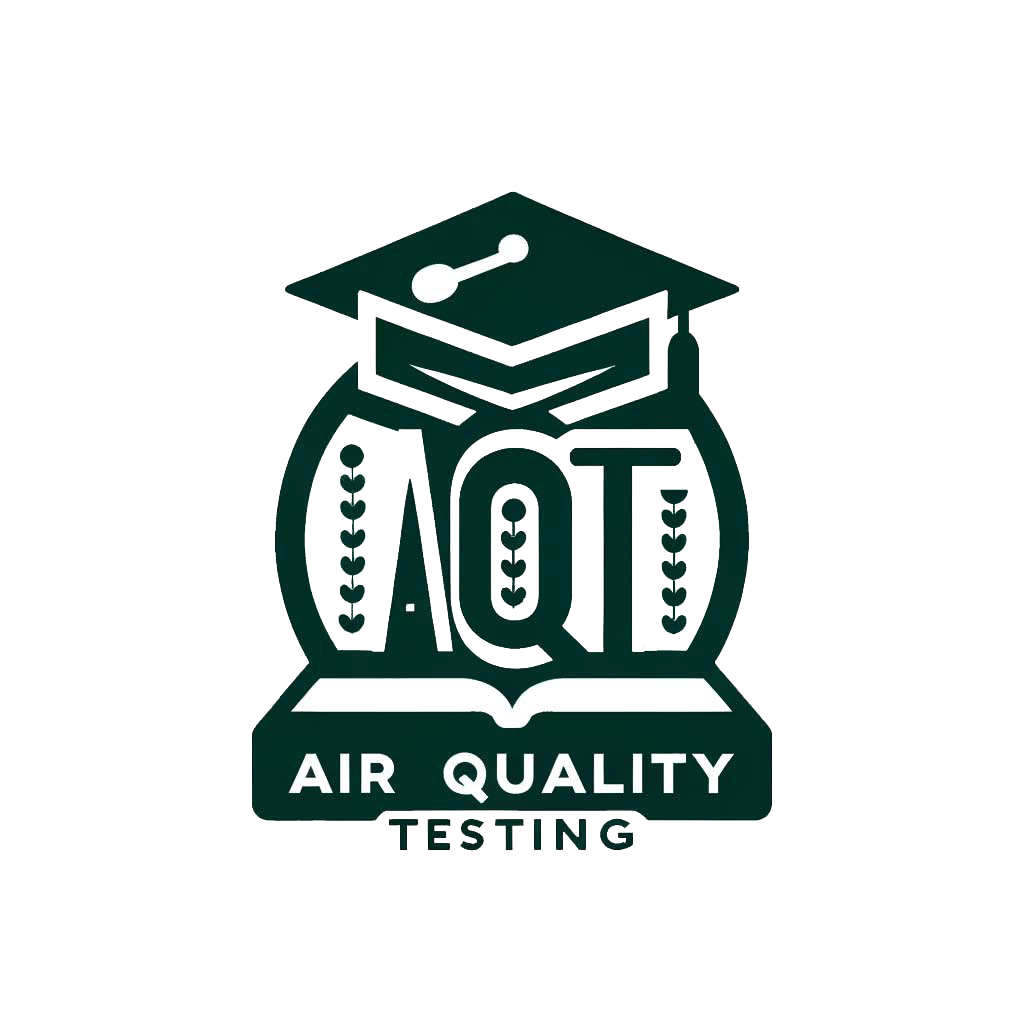Air Quality Testing


Understanding Testing
Air quality testing is an essential process aimed at assessing the concentration and types of pollutants present in the air within specific environments, such as indoors within homes, offices, and schools, or outdoors in urban and rural areas. This testing is crucial for identifying potential health risks associated with air quality and formulating strategies for improvement.
Types of Air Quality Tests
Air quality testing encompasses a variety of methods designed to detect and measure different pollutants. Each type of test targets specific contaminants, providing valuable insights into the air quality of the tested environment.
Particulate Matter Measurement: This test focuses on the detection and quantification of particulate matter in the air. Particulate matter includes a wide range of particles of different sizes and origins, such as dust, pollen, mold spores, and soot. The most commonly measured sizes are PM2.5 and PM10, which refer to particles with diameters of 2.5 micrometers and smaller, and 10 micrometers and smaller, respectively. These measurements are critical due to the differing health impacts of various particle sizes, with smaller particles posing more significant health risks as they can penetrate deeper into the respiratory system.
Gas Analysis: Gas analysis involves testing for the presence of various gases that can be harmful to health. Key gases include carbon monoxide (CO), nitrogen dioxide (NO2), sulfur dioxide (SO2), and volatile organic compounds (VOCs). Each gas has different sources and health implications, ranging from immediate symptoms like headaches and dizziness to long-term effects such as respiratory and cardiovascular diseases.
Microbial Testing: This type of testing assesses air samples for biological contaminants, including bacteria, viruses, and molds. Microbial testing is especially important in environments with high humidity or water damage, where mold growth is a concern. Exposure to certain types of mold and other microbes can cause or exacerbate health issues, including allergic reactions and asthma.
Air quality testing serves as a foundational step in understanding the environmental factors that may affect people’s health and well-being. By identifying the specific pollutants present and their concentrations, individuals and organizations can take informed actions to mitigate these risks, enhancing the overall air quality and promoting a healthier living and working environment.
Benefits
The benefits of air quality testing are numerous, extending beyond the mere identification of pollutants to providing a comprehensive understanding of the air quality within a given environment. This understanding is critical for assessing health risks, complying with safety standards, and implementing effective mitigation strategies. Here’s a more detailed look at the key benefits:
Comprehensive Pollutant Identification
Air quality testing offers a detailed analysis of the types and concentrations of pollutants present. This comprehensive identification is crucial because different pollutants can have varied sources, health effects, and mitigation requirements. For instance, knowing the exact type of particulate matter or specific gases present can help pinpoint sources such as combustion processes, industrial emissions, or biological growth. This detailed information is essential for targeting interventions effectively.
Health Risk Assessment
One of the primary benefits of air quality testing is its role in health risk assessment. By determining the types and levels of pollutants, it’s possible to evaluate the potential health risks they pose. This is particularly important for sensitive populations such as children, the elderly, and individuals with pre-existing health conditions like asthma or cardiovascular disease. Understanding these risks enables individuals and health professionals to take appropriate preventive measures or seek treatment options.
Informed Mitigation Strategies
With the data obtained from air quality testing, tailored mitigation strategies can be developed to address specific pollutants. For instance, if testing reveals high levels of VOCs, steps can be taken to reduce the use of certain products or improve ventilation. Similarly, the detection of high particulate matter concentrations may lead to the implementation of air purification systems or changes in local industrial practices. These targeted strategies are more effective than general air quality improvements because they address the root cause of pollution.
Compliance and Standards Adherence
For businesses and industries, air quality testing is vital for ensuring compliance with local, national, and international air quality standards and regulations. These standards are designed to protect public health and the environment by setting permissible levels of various pollutants. Regular testing helps organizations to demonstrate their compliance with these standards, avoid legal penalties, and maintain their reputation as responsible entities.
Enhancing Indoor Environmental Quality
Indoor air quality testing is particularly beneficial for improving the environmental quality within buildings. Identifying pollutants like mold spores or excess humidity can lead to interventions that enhance the comfort, safety, and health of building occupants. This is increasingly important in environments such as schools, hospitals, and offices, where poor air quality can significantly impact productivity, learning, and health outcomes.
Supporting Public Health Initiatives
On a broader scale, the data derived from air quality testing can support public health initiatives and policies aimed at reducing air pollution and its associated health impacts. By providing evidence of pollution levels and trends, testing data can inform policy decisions, guide public health advisories, and support advocacy for cleaner air.
In summary, air quality testing is a fundamental tool for identifying pollutants, assessing associated health risks, and informing effective mitigation strategies. Its benefits extend from individual health protection to supporting broader public health and environmental goals, making it an indispensable component of modern environmental management practices.
Limitations
While air quality testing is an invaluable tool for assessing the presence and concentration of pollutants, it’s important to recognize its limitations. Understanding these limitations helps in interpreting the results accurately and planning further actions effectively. Here are the key limitations to consider:
Snapshot in Time
Air quality testing provides a “snapshot” of the air quality at a specific moment or over a short period, depending on the testing method used. This snapshot nature means that the results might not represent the full variability of air quality over longer periods. For example, pollutant levels can fluctuate due to changes in activities, weather conditions, and other factors. Continuous monitoring systems are required for a more comprehensive assessment over time, but they may not be practical or affordable for all situations.
Spatial Limitations
Testing is typically conducted in specific locations, which means the results may not accurately represent the air quality in an entire building, area, or region. Pollutant concentrations can vary significantly from one place to another due to factors like ventilation, source locations, and physical barriers. This spatial limitation necessitates careful consideration of testing locations to ensure that they are representative or that enough locations are sampled to provide a comprehensive overview.
Requires Expert Interpretation
The data obtained from air quality testing can be complex and requires proper interpretation by experts. Understanding what the concentrations of different pollutants mean in terms of health risks, regulatory compliance, and necessary actions requires specialized knowledge. Misinterpretation of results can lead to unnecessary alarm, inadequate responses, or overlooked hazards. It’s crucial to involve environmental health professionals or air quality experts when reviewing testing outcomes.
Limitation of Testing Methods
Different testing methods have their own limitations regarding the types of pollutants they can detect, the accuracy of measurements, and the detection limits. Some tests might be highly sensitive to specific pollutants but may overlook others. Additionally, the efficacy of a testing method can be influenced by environmental conditions, such as humidity and temperature, potentially affecting the reliability of the results. Selecting the appropriate testing method based on the suspected pollutants and environmental conditions is essential.
Cost Considerations
Comprehensive air quality testing can be costly, especially when multiple pollutants are of concern or when continuous monitoring is necessary. The cost factor might limit the extent of testing conducted by individuals, businesses, or even some municipal entities, potentially leading to gaps in data or reliance on less comprehensive testing approaches.
Lack of Continuous Action
Finally, air quality testing, while informative, does not in itself mitigate pollution. It is the first step in a process that requires ongoing efforts to monitor, manage, and reduce air pollution. Without subsequent actions to address identified pollutants, testing alone does not improve air quality or reduce health risks.
In summary, while air quality testing is a critical tool in identifying and quantifying indoor and outdoor pollutants, its limitations must be acknowledged. These include its snapshot nature, spatial limitations, the need for expert interpretation, methodological constraints, cost considerations, and the necessity for continuous action beyond testing. Understanding these limitations is crucial for effectively using testing as part of a comprehensive air quality management strategy.
Who Needs Testing?
Identifying who requires indoor air quality (IAQ) testing is crucial for maintaining safe, healthy environments in various settings. The need for testing spans a wide range of individuals, families, businesses, and organizations. Here’s a breakdown of those who might benefit from IAQ testing, considering the unique circumstances and potential risks associated with different environments:
Individuals and Families
- Homes with Young Children or Elderly Residents: These groups are more vulnerable to air pollutants due to developing or weakened respiratory systems. Testing helps ensure their living environments are free from harmful contaminants.
- People with Respiratory Conditions or Allergies: Individuals suffering from asthma, allergies, or other respiratory issues are particularly sensitive to indoor pollutants like dust mites, pet dander, mold spores, and pollen.
- Residents in High Pollution Areas: Those living near busy roads, industrial areas, or places prone to wildfires may face higher levels of outdoor pollutants infiltrating indoors, warranting regular testing.
- Homeowners Concerned About Radon: Given radon’s colorless, odorless nature and its status as a leading cause of lung cancer among non-smokers, testing is recommended, especially in areas known for high radon levels.
Businesses and Workplaces
- Offices and Commercial Buildings: Ensuring a healthy indoor environment is essential for employee well-being and productivity. Businesses may test for a range of pollutants, including VOCs from office equipment, mold, or inadequate ventilation issues.
- Manufacturing Plants and Industrial Facilities: Such environments may release specific pollutants related to their processes, necessitating regular testing to protect worker health and comply with safety regulations.
- Healthcare Facilities: Hospitals and clinics must maintain high air quality standards to protect patients, especially those with compromised immune systems, from infection and pollutants.
- Schools and Childcare Centers: Protecting children’s health and ensuring a conducive learning environment make regular air quality testing essential, particularly in older buildings that may have issues like lead, asbestos, or mold.
Organizations and Public Spaces
- Libraries, Museums, and Public Venues: These spaces must address air quality to protect collections, exhibits, and ensure the comfort and safety of visitors.
- Hospitality Industry: Hotels and restaurants need to test for IAQ to ensure guest comfort, manage kitchen emissions, and maintain a healthy environment for staff and visitors.
- Fitness Centers and Recreational Facilities: High levels of occupancy and intense physical activity can elevate CO2 levels and concentrate pollutants, making IAQ testing important for patron safety.
Special Considerations
- After Renovation or Construction: New or renovated spaces may have elevated levels of VOCs from new furnishings, paint, or building materials, necessitating air quality testing.
- Following Water Damage or Mold Remediation: To ensure that issues have been fully addressed and to prevent future health risks, testing is crucial after any water-related incidents.
In summary, indoor air quality testing is a critical consideration for a broad spectrum of individuals and groups, particularly those in environments where the risk of exposure to pollutants is increased. Whether for residential, commercial, or public spaces, IAQ testing plays a pivotal role in safeguarding health and ensuring compliance with safety standards.
frequently asked questions
How does the number of occupants in a home or building impact indoor air quality and duct cleaning frequency?
The number of occupants significantly affects indoor air quality, with more people leading to faster dust and allergen accumulation. Duct cleaning frequency should be adjusted accordingly.
How does family living, especially with children and pets, affect the need for more frequent duct cleaning?
Families with more occupants, children, and pets might need to consider duct cleaning every 2-3 years to maintain healthy indoor air quality.
In multi-family buildings like condominiums, what factors influence the frequency of duct cleaning?
Centralized HVAC systems in multi-family buildings can accumulate pollutants faster. Building management should consider annual inspections and more frequent cleaning to ensure optimal air quality.
What frequency of duct cleaning is advisable for homes with shared housing arrangements, such as renters or extended family?
Homes with shared living situations might benefit from annual or bi-annual duct cleaning to manage increased activity and maintain a healthier environment.
Why do office buildings with a higher number of employees often require more frequent duct cleaning?
Increased occupancy in office buildings leads to greater air quality challenges due to activity and equipment use. They generally require more frequent cleanings.
What is the recommended duct cleaning frequency for high-traffic commercial spaces like retail stores or restaurants?
High-traffic commercial spaces often need quarterly or bi-annual duct cleaning to ensure a healthy environment and comply with health standards.
Why might schools and educational institutions consider yearly or seasonal duct cleaning?
Schools, with their high occupancy of children susceptible to respiratory issues, may benefit from yearly or seasonal duct cleaning to maintain a healthy learning environment.
How does the seasonal nature of rentals impact duct cleaning frequency?
Properties rented out seasonally may require duct cleaning after a high-traffic rental season to ensure good air quality for the next group of renters.
Why is it crucial to consult with professional duct cleaning services when determining cleaning frequency based on occupancy levels?
Professional services can assess specific conditions and provide expert guidance on the most appropriate cleaning schedule tailored to your situation.



 NADCA
NADCA 


